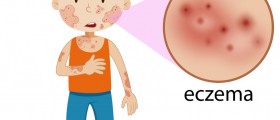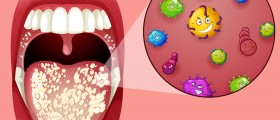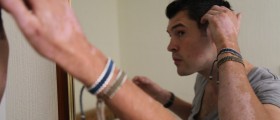
External Yeast Infection
Yeast infections usually affect areas of the body that are easy to see, such as the skin, mouth or the vaginal or penis area. However, if not treated correctly or in a timely manner, the infection can spread to the digestive system and cause more severe problems. While yeast infections within the body's systems can be very serious, external ones generally pose a minor problem and can be treated easily.
These infections will typically cause the affected skin to become red and quite itchy, occasionally swelling or burning too. Scratching is not advised, as it can cause the area to bleed and might spread the infection via the fingers or fingernails.
There are a few factors that can increase the risk of external yeast infections or aggravate an existing one.
Diabetes can lead to yeast infections due to the very high amount of sugar that diabetics typically consume. Since yeast sustains itself on sugar, a diet quite high in sugar will increase the risk of external infections. Extended usage of antibiotics can also invite yeast infections, since antibiotics will get rid of bacteria that counter yeast.
Wearing tight-fitting clothes, especially underwear, will increase the risk of contracting a yeast infection. Clothing that does not allow much room for the skin to breathe will trap the heat and create very warm areas where yeast can thrive. Good hygiene and clean clothing will help avoid this.
Other causes for external yeast infections include poor diet, damage from skin care products, sexual transmission or an imbalance of the hormones.
Treatment
The mildest external yeast infections can usually be treated with non-prescription medication easily Procured from any pharmacy. These typically come in the form of creams or ointments that must be applied topically to the affected area of skin. They will relieve the itchiness and will gradually eliminate the infection. Non-topical medications such as suppositories are also available, as well as oral tablets, although the latter should only be taken under doctor's orders, as there may be complications when combined with other medications the patient may be taking.
There are some natural treatments for external yeast infections, including topical application of tea tree oil, aloe vera juice, oregano oil or yoghurt. However, simple good hygiene is very important to counteract external infections of this type. The affected skin should be kept very clean and dry to prevent the yeast infection from returning. Any medication plan prescribed by a medical professional should be followed through all the way until the end to fully eliminate the infection.

















Your thoughts on this
Loading...